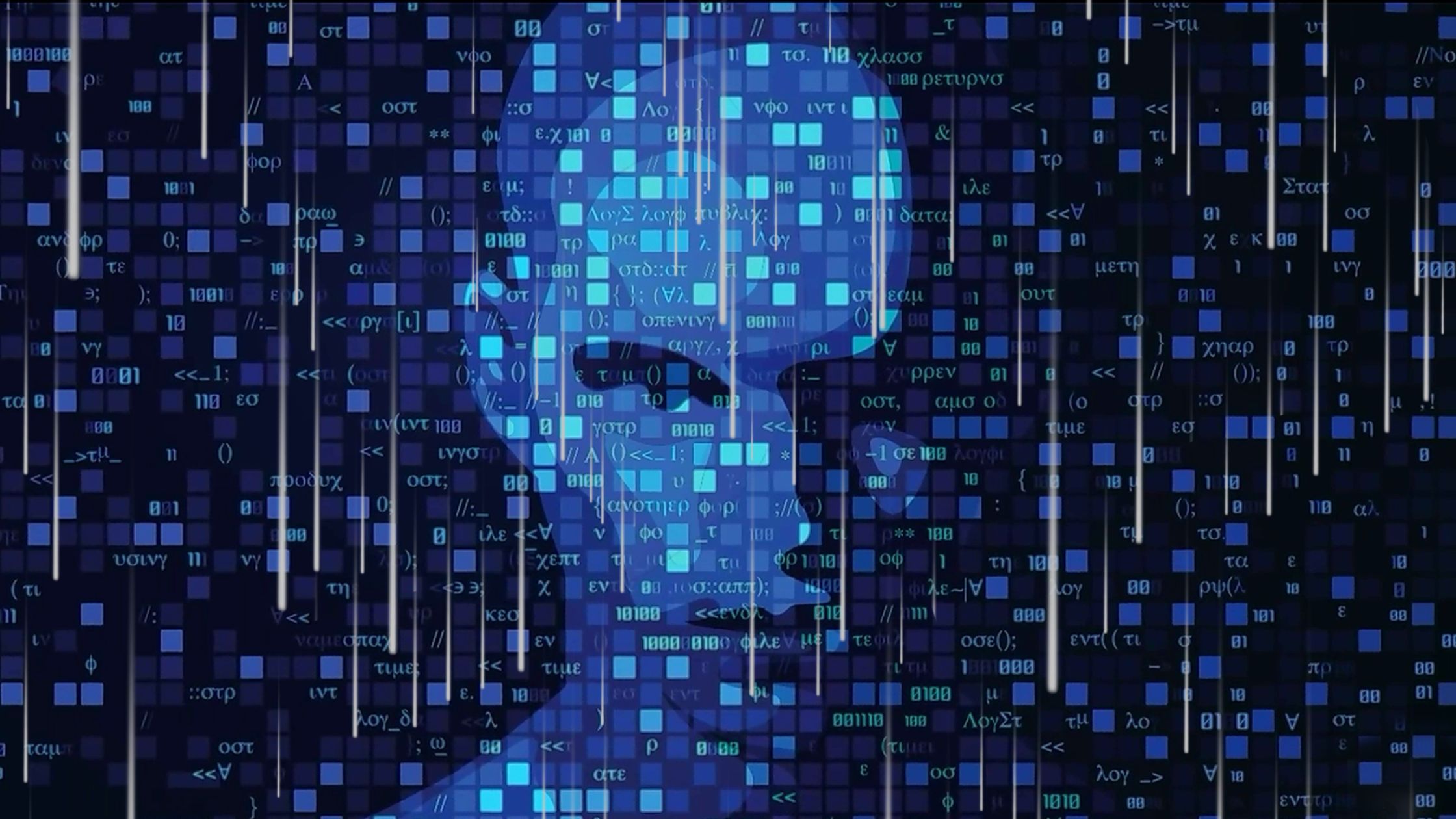Researchers at MIT have created a new kind of artificial intelligence that can change its own code to make itself better over time. This seems like something out of a science fiction movie.
The system, which is called SEAL (Self-Adapting Language models), doesn’t just learn from data. It also makes its own training materials, rewires its internal processes, and changes how it works on the fly to fit new tasks. To put it another way, it acts less like a machine and more like a person who is always learning, thinking, and getting better.
This breakthrough could change how AI systems are made and what they can do. This is especially true for long-term learning, adapting in real time, and solving problems on their own.
How SEAL Functions
Most AI models need new data and regular human fine-tuning to get better. SEAL, on the other hand, is made to get better on its own. It makes fake training data, checks how well it is doing, and updates itself through an internal feedback loop that uses reinforcement learning.
This lets SEAL:
- Like a person, learn by doing things wrong and right.
- Keep knowledge for longer periods of time
- Adapt to new tasks as they come up
- Keep getting better without outside data
SEAL doesn’t just copy how people talk; it also copies how people learn.
Why It Matters
AI models nowadays frequently encounter limitations; their enhancement necessitates additional data, extensive training, and increased human supervision. SEAL trains itself to get past that wall. That makes it possible for completely new types of AI systems to be created that are smarter, more flexible, and more self-sufficient.
There are a lot of possible uses:
- Robots that can change and grow with their surroundings
- Personalized learning platforms that adapt to the needs of the student
- Medical and scientific AI that can solve long, complicated problems without needing human help all the time
In tests, SEAL did better than other models on tasks that need long-term memory and flexible reasoning, which is something that most AIs still have trouble with.
What Sets It Apart
SEAL is different because it has a self-directed loop of learning and adapting:
- It makes its own training data.
- It changes the way it works based on what it learns.
- It uses reinforcement signals to reward what works.
That feedback loop helps it improve its own behavior, just like how people learn by trying things out, making changes, and doing them again until they get it right.
What happened? A model that doesn’t just “run” its programming; it makes it better.
What Comes Next
As AI becomes more a part of our daily lives, from smart assistants to self-driving cars, systems like SEAL are the next big step forward. They won’t just answer questions; they’ll learn how to answer better ones. They won’t just do what they’re told; they’ll find better ways to do it.
MIT’s work on SEAL could be an early look at AI that not only learns but also gets better on its own.
Artificial intelligence might not be built in the future; it might be grown.


